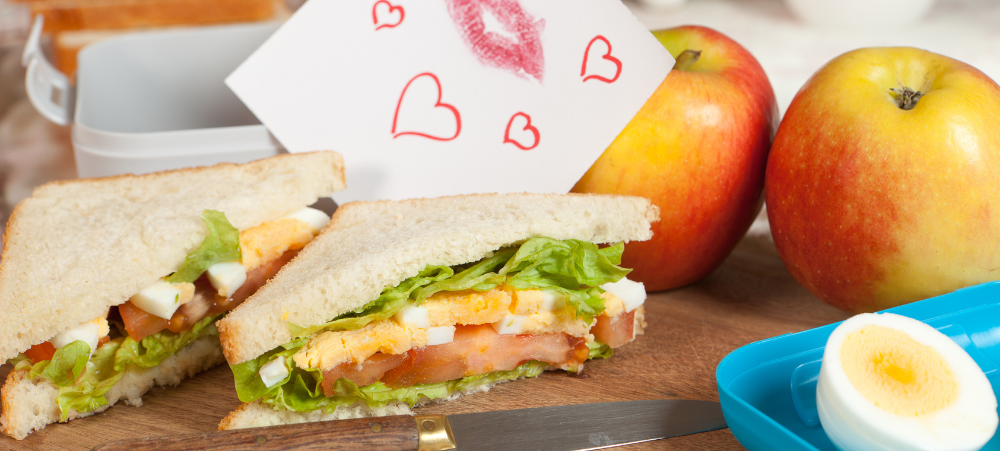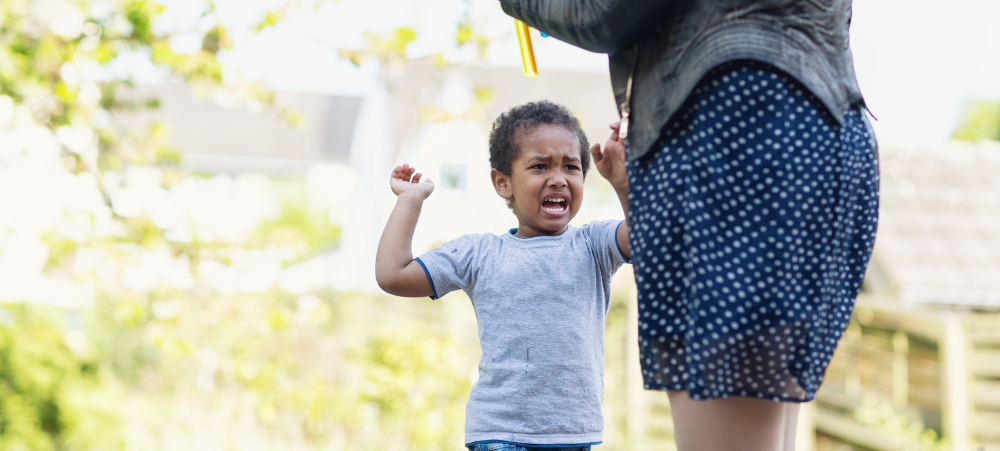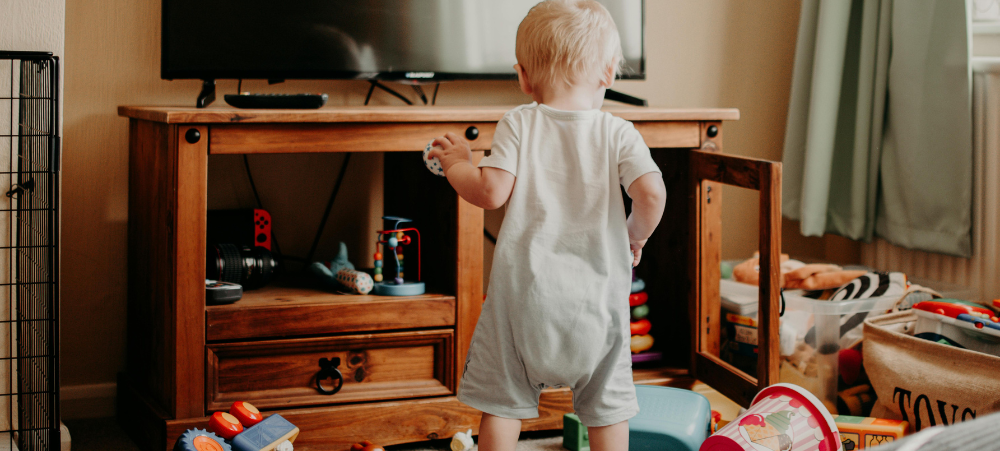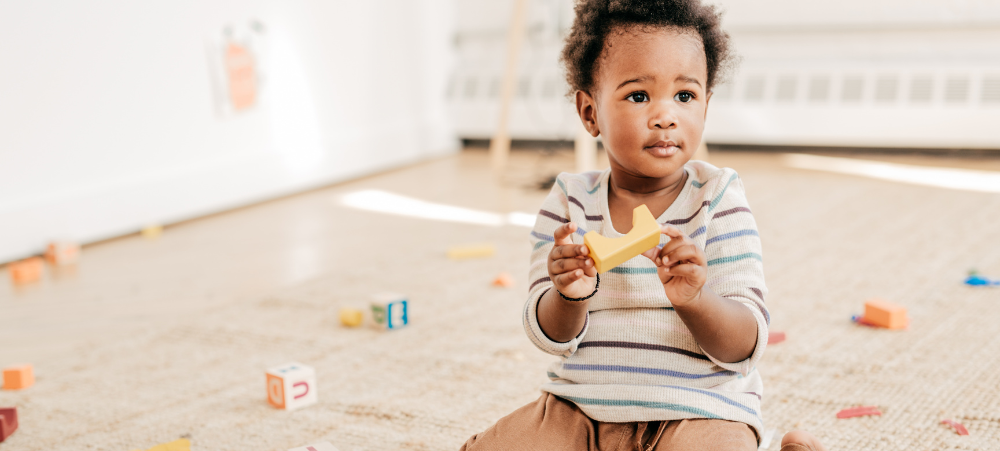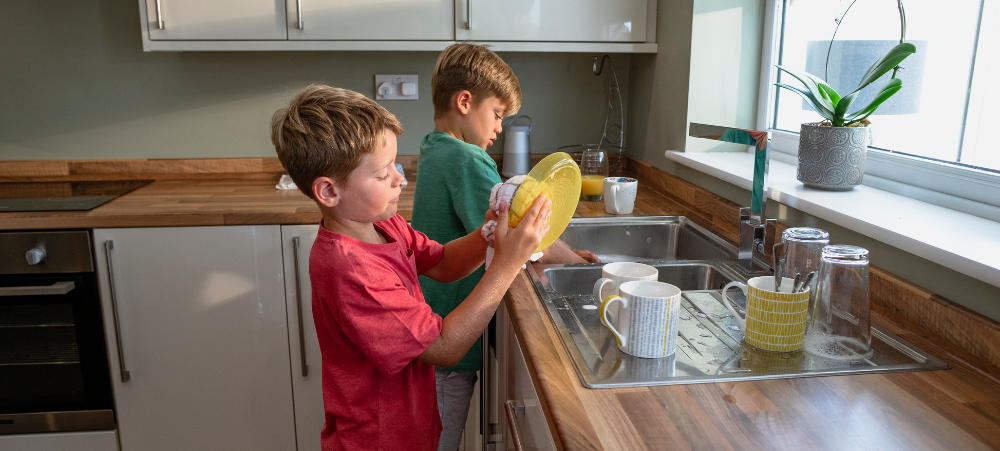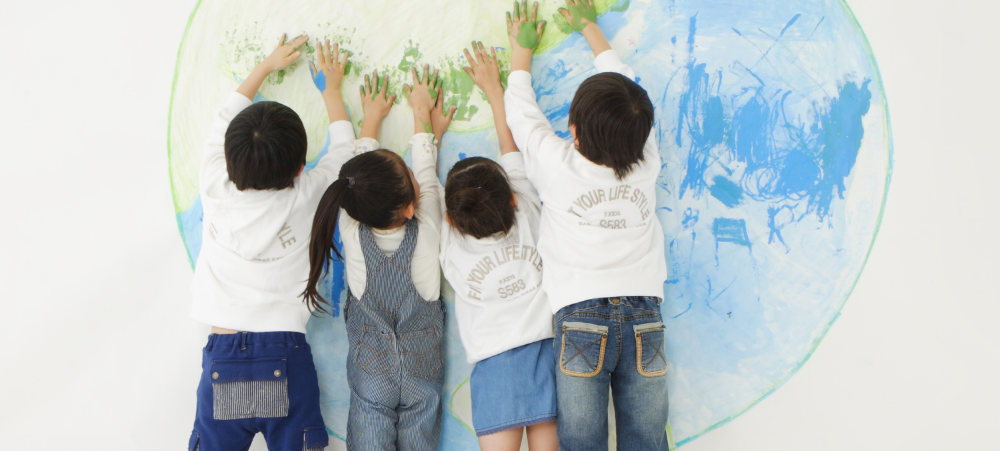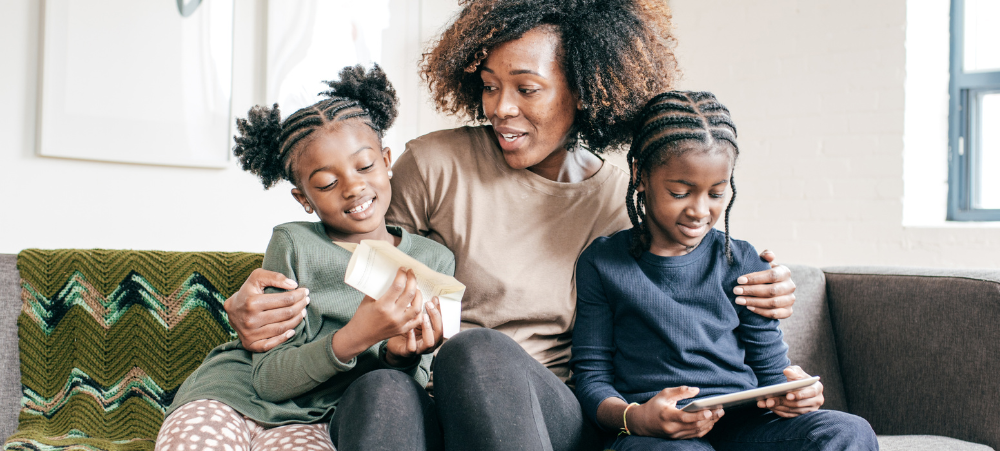By the time a child turns six, up to 90% of their brain development has already taken place. This startling fact underpins the mission of Dibber International Preschools, which is equipping South African children from six weeks to six years with essential life skills through play-based learning and globally respected best practices. Early childhood is not just ‘babysitting’ – it is a once-in-a-lifetime window for cognitive, social, and emotional growth that can shape a child’s future. Research shows that the first 1,000 days of life could be key to unlocking a child’s lifelong potential (statssa.gov.za). In these formative early years, positive experiences and stimulation have profound effects: neural connections form at lightning speed, influenced by the environment and care a child receives (thehumansafetynet.org). Early experiences are pivotal in shaping children’s ability to learn, socialise, and thrive. “The early years are when children’s characters and capabilities are built – it’s when they learn how to learn,” says Ursula Assis, Country Director of Dibber International Preschools. “At Dibber, we recognise that investing in quality early education is an investment in our children’s future and society’s well-being.” Critically, experts note that play-based learning is one of the most effective ways to nurture this development. Young children learn best through play, maximising their natural curiosity and enthusiasm. Studies have found that playful learning supports growth across all cognitive, physical, social, and emotional domains and boosts learning outcomes more than formal, desk-bound instruction (naeyc.org). In other words, play is not ‘just play,’ but a powerful teaching tool that helps children develop creativity, problem-solving abilities, language skills and empathy in an age-appropriate way. South Africa’s Early Learning Challenge South Africa’s context underscores why starting early is so important. The country has approximately seven million children under the age of six, making up a significant portion of our population (statssa.gov.za). Yet many of these children do not have access to quality early childhood programmes. In fact, less than one-third of children aged 0–4 attended any sort of preschool or early learning program in 2021 (statssa.gov.za). This gap in the early years has led to downstream challenges in the education system. One alarming statistic reveals that 81% of South African Grade 4 students cannot read for meaning in any official language (unicef.org). This finding from an international literacy study is a stark indicator that the foundational skills, like language and understanding, are not being solidified early on. Educational experts warn that children are more likely to struggle later without a strong base in the preschool years, leading to higher dropout rates and fewer opportunities in adulthood. High-quality early childhood development (ECD) programmes have thus become a national priority, seen as a way to ‘future-proof’ a child’s education by addressing learning gaps before they widen. Quality early education has proven long-term benefits for children and society. Research indicates that children who participate in enriching ECD programmes experience: These outcomes show why early childhood development is not just a parental concern, but a national one. As Assis notes, “Investing in early childhood development not only sets children on a path to success but also contributes to the overall well-being of society.” Play-Based Learning at Dibber: Future-Proofing Education Dibber International Preschools has placed these principles at the heart of its curriculum. Drawing on globally respected best practices and a Scandinavian heritage of early education excellence, Dibber’s approach is play-based, holistic, and child-centred. “Our approach goes beyond traditional education,” explains Assis. “Through the Dibber Heart Culture and customised learning, we focus not only on children’s cognitive achievements but also on their health, happiness, and social growth. We want children to become keen explorers who love to learn, developing the confidence and competencies needed for everyday life.” In Dibber classrooms, you might find toddlers building towers together, dancing and singing, or experimenting with sand and water – all guided activities that teach teamwork, creativity and critical thinking in an age-appropriate way. A warm, inclusive environment is another cornerstone of Dibber’s philosophy. International research by Harvard’s Centre on the Developing Child has highlighted that supportive relationships and a sense of safety are the roots that allow children to thrive. Dibber educators therefore prioritise emotional security and individual attention. Whether a baby in the infant class or a five-year-old in the preschool group, each child is nurtured to feel valued and heard. This emotional confidence, built early, becomes the bedrock for resilience and adaptability later in life. Importantly, Dibber also involves parents as partners in the early learning journey. The school provides guidance to families on extending play-based learning at home, emphasising that everyday moments – like storytime, playtime, or even cooking together – are golden opportunities for development. “Parents are children’s first teachers, and when we work together, we amplify the benefits,” Assis says. This collaborative approach reflects a broader understanding that education doesn’t begin at Grade 1 – it starts from birth, with each loving interaction and playful learning experience contributing to a child’s growth.






